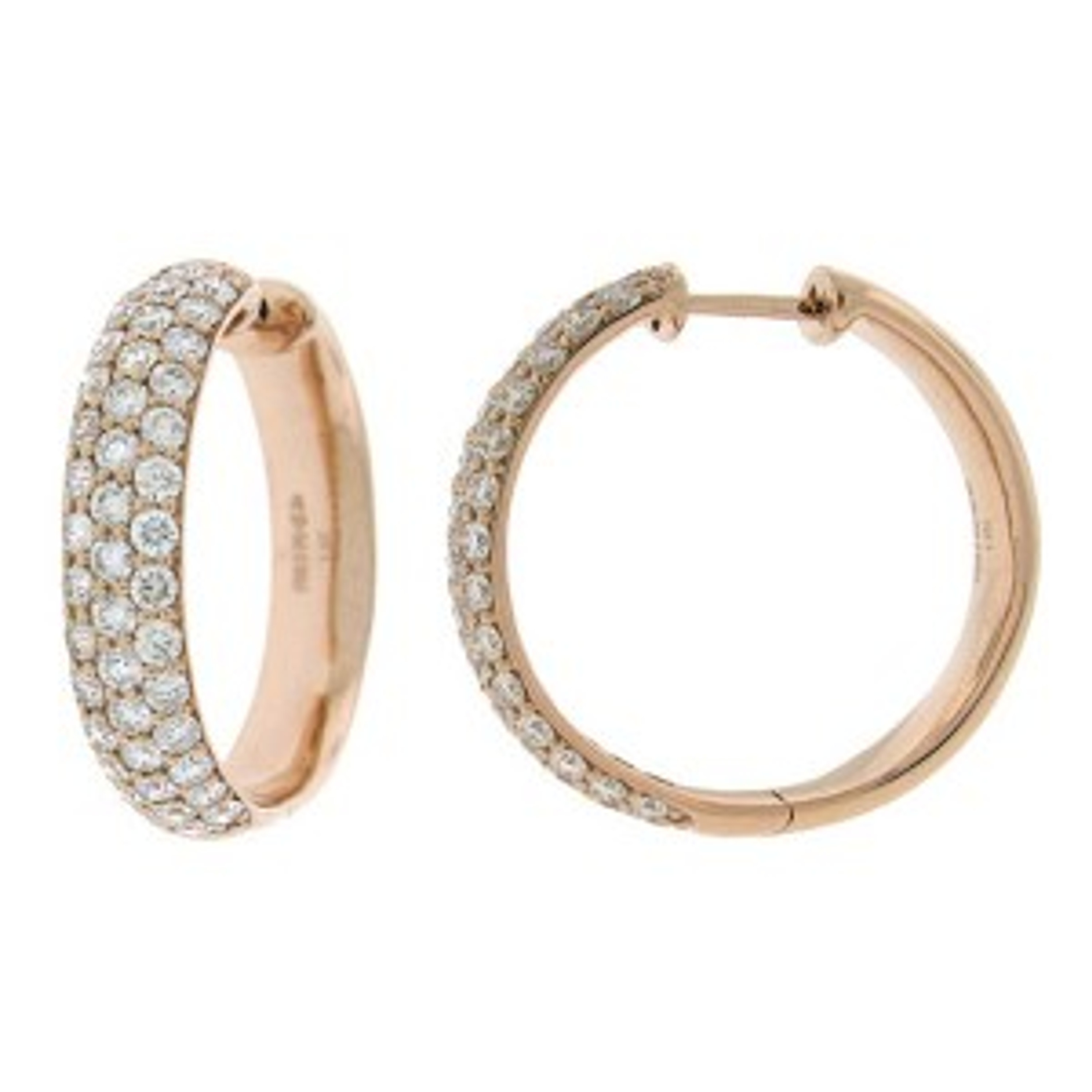Current Gold and Jewelry Color Trends
Dec 14th 2018
Fashion colors are constantly changing, largely guided by what we see on the catwalks around the world. Right now there are a few colors that are said to be in for 2012, ranging from bright red and yellow to faded pastels.
When it comes to jewelry, fashion is often molded by these same trends, the color coming from gemstones, beads or the color of the metal itself.
According to the Pantone Color Fashion Report that comes out of New York quarterly, thisis the full range of colors that are trendy right now (spring 2012):
- Tangerine Tango, a gorgeous red-orange that you might find in a Mexican fire opal, orange sapphire or mandarin garnet, all of which are good candidates for drop earrings. Crystalline tourmaline is another gemstone to look out for as it comes in various colors including a lovely gold orange.
- Solar Power, a rich gold-yellow. Think gold in any form whatsoever, perhaps with a pendant set with a yellow sapphire or topaz.
- Bellflower, a lovely purple that you can pick up with amethysts or sapphires, perhaps set in a bracelet.
- Cabaret, as close to magenta as you can get, but with a little bit of real postbox red added to it. Look out for transparent pink sapphires, tourmaline and even pink topaz set in pendants or rings.
- Sodalite Blue, which is kind of navy but a little more green. Look out for green-blue azurite-malachite that looks stunning with both gold and silver, set in rings, or used for bracelets, pendants and earrings. Teal topaz will also make this color match.
- Margarita, a lush limish green that has the required pastel element. While ammolite (a fossilized material that comes from shells) comes in many colors, gemstones are sometimes available in bright lime green – or with tinges of lime green. Perhaps you’ll be lucky enough to find a necklace made with ammolite. Otherwise look out for chalcedony quartz, which is perfect for beads, or hiddenite, a great gemstone for setting in rings. If you have the budget, some emeralds are quite light in color, with a touch of lime (like the Beryl emerald).
- Sweet Lilac, a pinkish-purple to die for. Agates sometimes come in a similar color, or you might find moonstone that matches.
- Driftwood and Starfish, both neutrals in the best sense of the word, and just waiting to be enhanced with a gold, silver or platinum jewelry of any kind whatsoever. If you want a beautifully neutral gemstone go for the almost translucent green moonstone, or one of the variety of agates.
- Cockatoo, which is really more like aquamarine and could be mirrored by an amazonite necklace. Otherwise you could go for a ring set with a shimmering green topaz stone.
- Although not on the Pantone list, you shouldn’t ignore bright red or glowing sunshine yellow. Rubies are the perfect match for red. But there are some less expensive gemstones that are red, including Mexican cherry opal, some garnets, and the Corundum sapphire. A bold stone in a ring will do the trick.
- If you want the pièce de résistance, there’s a bi-color tourmaline that is partially red and partially bright yellow!



